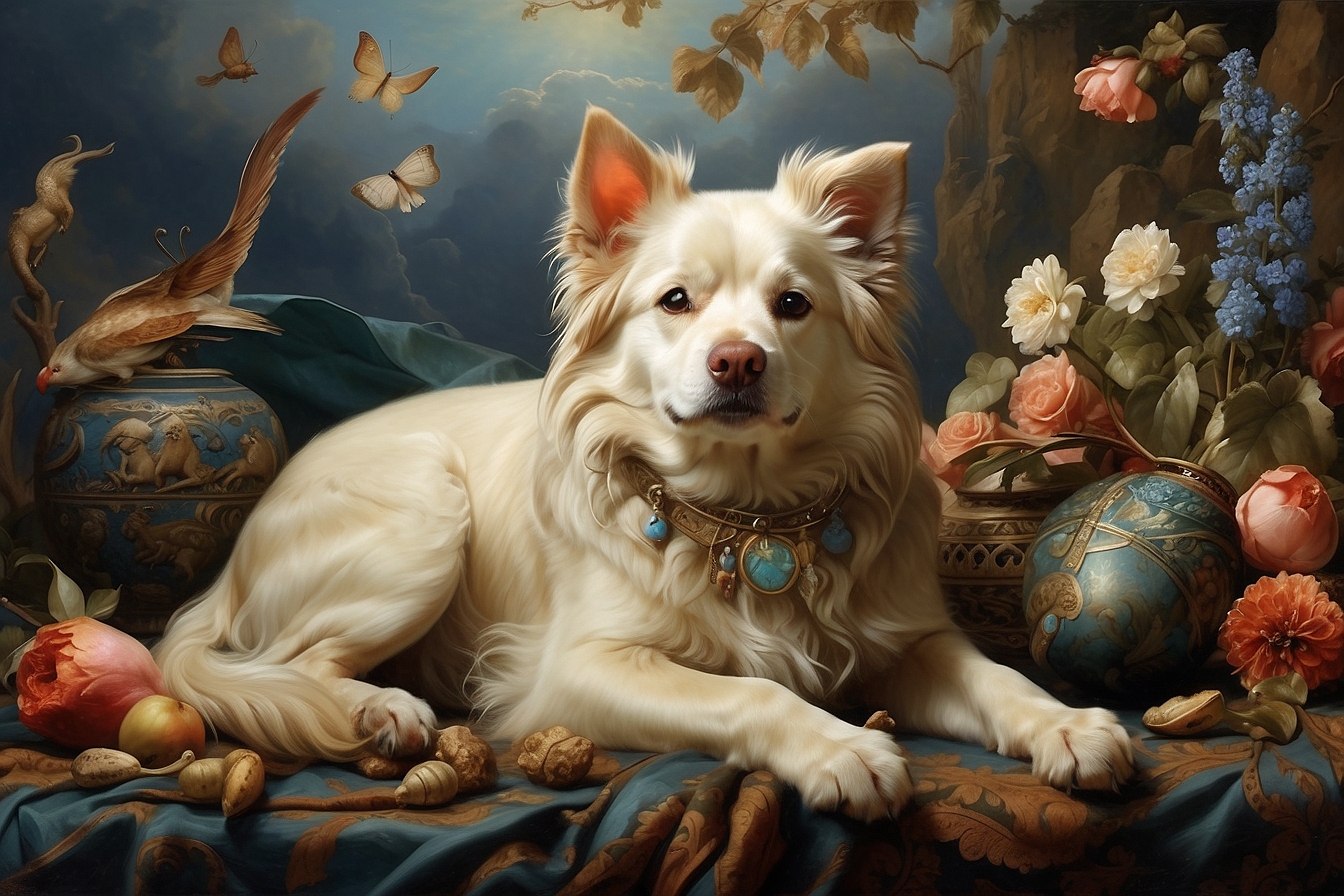Throughout the annals of history, pets have played a significant role in mythology and folklore, often serving as symbols, protectors, and companions of legendary figures. These tales have been immortalized in art, reflecting the reverence and cultural significance bestowed upon these animals. In this exploration, we’ll journey into the realm of pets in mythology and folklore and their portrayal in art.
Cerberus: The Guardian of the Underworld
In Greek mythology, Cerberus, a monstrous three-headed dog, stood as the guardian of the gates of the Underworld. His role was to prevent the dead from escaping and the living from entering. This fearsome creature has been depicted in numerous works of art, including sculptures, paintings, and pottery.
One of the most renowned depictions of Cerberus is found on an ancient Greek vase, known as the “Calyx Krater”, from the 5th century BCE. This vase showcases the hero Hercules capturing Cerberus as part of his Twelve Labors. The detailed artwork captures the ferocity and power of the guardian dog.
Anubis: The Jackal Deity of the Afterlife
In Egyptian mythology, Anubis, a jackal-headed deity, played a crucial role in guiding the souls of the deceased to the afterlife. His presence as a protector and conductor of souls is well-documented in ancient Egyptian art. Anubis is often depicted in hieroglyphs, statues, and funerary art.
The ancient Egyptian stele known as the “Stele of Anubis”, dating back to the 2nd century CE, features a detailed representation of the deity. The stele provides insight into the importance of Anubis in guiding the souls of the departed to the afterlife.
Fenrir: The Enormous Wolf of Norse Mythology
In Norse mythology, Fenrir, a colossal wolf, played a pivotal role in the events leading to Ragnarök, the end of the world. Fenrir’s representation in art often showcases his immense size and the impending doom he symbolized.
A striking example is the artwork titled “The Binding of Fenrir” by Swedish painter Carl Larsson. This painting, created in the late 19th century, captures the dramatic moment when Fenrir was bound by the gods in an attempt to prevent his destruction.
The White Hare of Inaba: A Japanese Folk Tale
In Japanese folklore, the White Hare of Inaba is a beloved character in the tale of the same name. The hare was portrayed as a humble and clever creature who helps a group of travelers in need. This folklore has been captured in various forms of Japanese art, including woodblock prints and paintings.
The woodblock print by renowned artist Utagawa Kuniyoshi, titled “The White Hare of Inaba”, offers a visual narrative of the tale. The hare’s wit and compassion are central to the story’s artistic representation.
Pets in mythology and folklore have been celebrated and revered in art for centuries. They serve as symbols of power, guidance, cleverness, and compassion. These representations in art remind us of the enduring cultural significance and mythical roles that animals have held in the human imagination, transcending time and borders.



